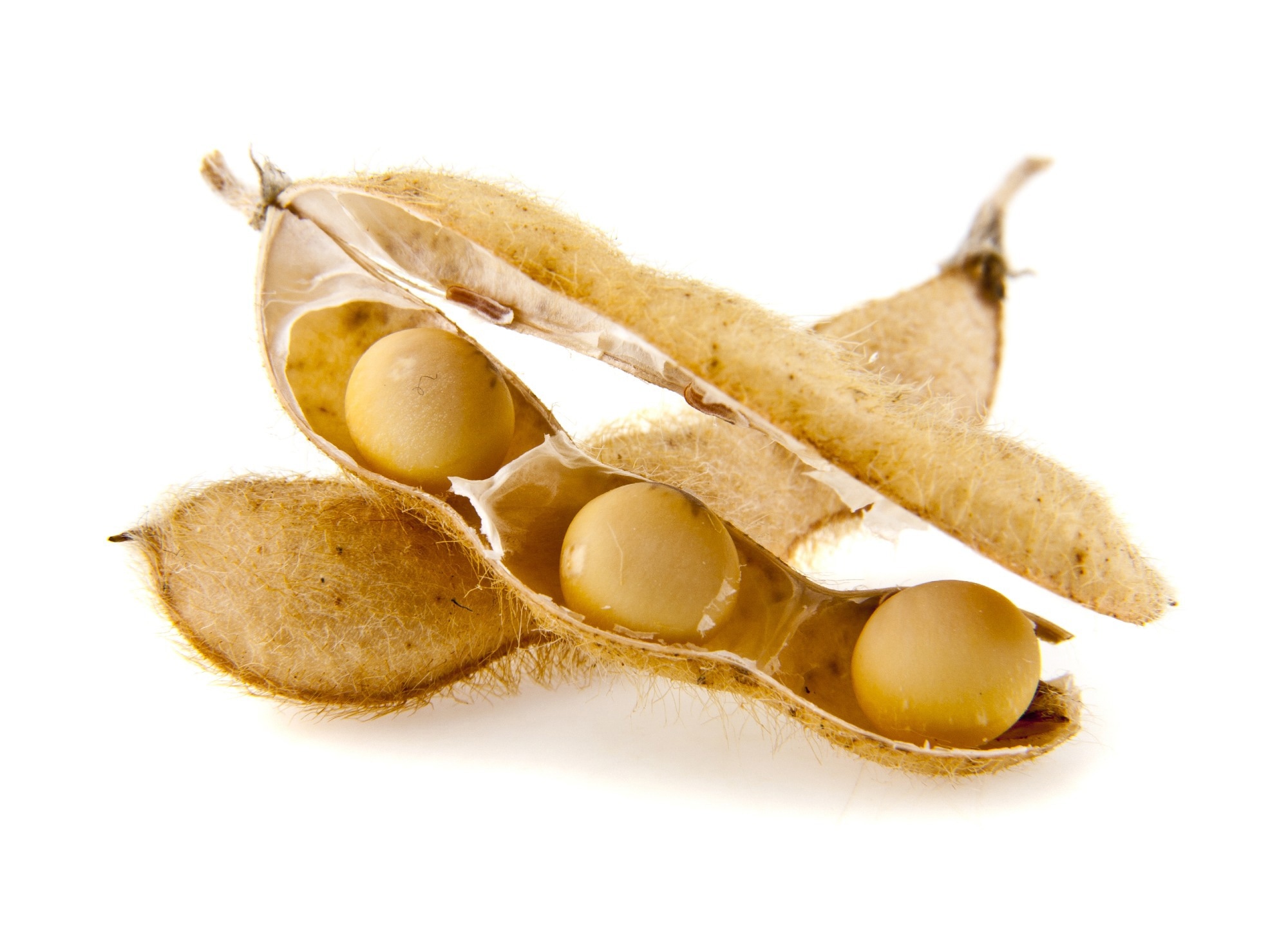According to a recent study published in the journal Cell Reports, a diet rich in soy protein increases human Clostridioides difficile susceptibility by increasing the gut amino acids (AAs) levels and promoting the growth of Lactobacillus. Lactobacillus, in turn, digest soy protein to produce amino acids, which again facilitates C. difficile, and hence, Clostridioides difficile infection (CDI).
 Report: Dietary-protein sources modulate host susceptibility to Clostridioides difficile infection through the gut microbiota. Image Credit: valzan / Shutterstock
Report: Dietary-protein sources modulate host susceptibility to Clostridioides difficile infection through the gut microbiota. Image Credit: valzan / Shutterstock
Background
The bacteria C. difficile causes infection of the large intestine (colon). C. difficile is a Gram-positive, spore-forming obligate anaerobe that is ubiquitous to the large intestine and causes nosocomial infections
A variety of symptoms can be experienced, from mild diarrhea to severe colon damage. In addition, the use of antibiotics is often associated with the development of C. difficile illness. This disease primarily affects elderly patients admitted to hospitals or long-term care facilities.
It is commonly observed that C. difficile colonization resistance decreases following antibiotic therapy, which leads to dysbiosis of the gut microbiota. The gut microbiota competes with C. difficile for nutrients and also produces specific metabolites that prevent C. difficile colonization.
Human gut health and susceptibility to CDI are significantly affected by dietary factors. To mitigate intestinal inflammation, indigestible carbohydrates help promote C. difficile clearance by inducing short-chain fatty acids (SCFA) production by gut microbes. Several nutrient-rich diets, for example, those high in fats, zinc, and proteins, worsen CDI by altering gut microbiota composition.
However, how specific dietary components interact with the gut microbiota to influence CDI is not known. There is no information available regarding what specific dietary factors affect the gut microbiota in terms of its composition and metabolism.
The Study
The current study investigated how specific dietary components interact with the gut microbiota and how this interplay can alter the severity of CDI.
This study was performed in specific pathogen-free C57BL/6 WT female mice (5-week-old). Fecal samples were collected from individual mice after cefoperazone treatment and immediately before the infection to analyze the gut microbiota constitution and quantify the fecal AA levels.
The diets of these animals were modified with two major protein sources were – soy (SD) and casein (PD). Antibiotic-treated mice were divided into two groups – those fed a regular natural diet (RD) and those fed a regular purified diet (PD). The researchers then used CE-TOFMS to compare gut metabolites from RD- and PD-fed mice. The gut microbiota was then studied in response to RD and SD.
The 16S rRNA genes in the mouse fecal microbiota were studied. The researchers used whole-genome sequencing to discover a cell envelope protease (CEP) in isolated Lactobacillus murinus. Following that, prtP-deficient L. murinus strains (Lm prtP) were created. The researchers then tested whether Lm prtP could grow in a modified minimal medium, specifically soy.
Findings
The host's diet was found to influence their susceptibility to CDI because RD exacerbates CDI outcomes by promoting C. difficile growth in the gastrointestinal tract. In the intestine, soy protein diets elevate AA levels and promote C. difficile proliferation.
According to a principal-coordinate analysis, fecal metabolites differed significantly between mice fed either RD or PD. There was a significant difference in fecal levels between mice fed RD and mice fed PD regarding most AAs and their derivatives between the two groups.
C difficile growth is promoted by soy protein diets by increasing the concentration of amino acids in the intestinal tract. The soybean protein encourages the growth of Lactobacillus species, which produce AAs. According to 16S rRNA gene analysis of fecal microbiota of mice, the Lactobacillus genus was significantly more prevalent in antibiotic-treated mice fed RD and SD.
Soy protein is preferred over casein by L. murinus to increase AA levels. The cell envelope proteinase PrtP is a critical enzyme in L murinus that increases aa levels and promotes C. difficile growth. AAs are supplied by L murinus in a PrtP-dependent manner and are instrumental in promoting C. difficile growth.
Collectively, the findings indicated that dietary soy protein promotes Lactobacillus growth and increases the AA levels in the gut during antibiotic-induced dysbiosis, allowing C. difficile colonization and growth. It was also observed that in the presence of soy protein, L. murinus grew and produced more AAs than in the presence of casein. Additionally, the extracellular cell wall protease PrtP contributed to the increased AA levels. L. murinus, isolated from mouse faces, produced AAs using soy protein rather than casein.
Conclusion
Mutual interaction between diet and gut microbiota may influence susceptibility to CDI. For example, a diet high in protein or treatment with AA-fermenting bacteria after antibiotic treatment may effectively reduce intestinal AA levels and prevent CDI.
Considering that diet and gut microbiota interact to control C. difficile growth, this research provides additional evidence that specific gut microbiota and microbe-derived metabolites influence host susceptibility to infections with enteric pathogens.